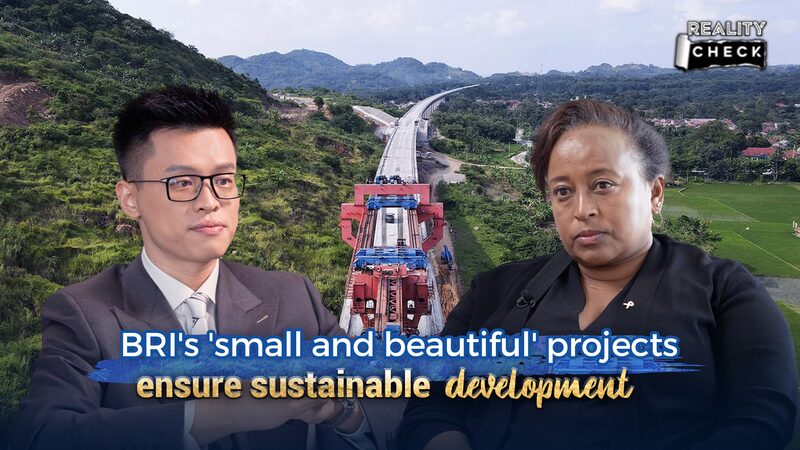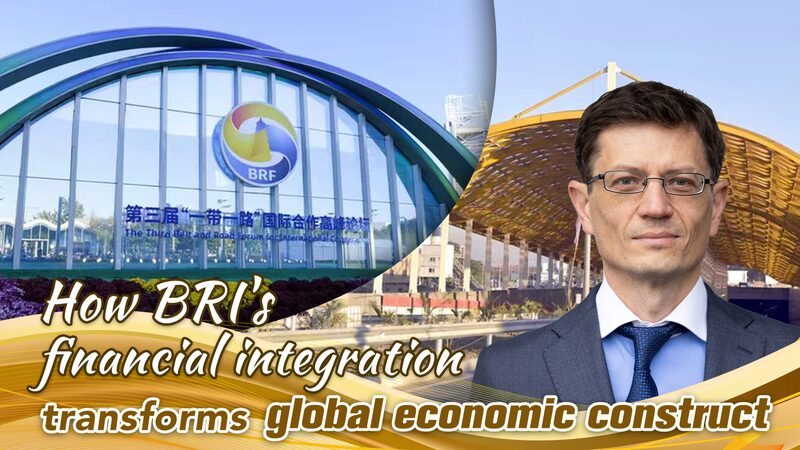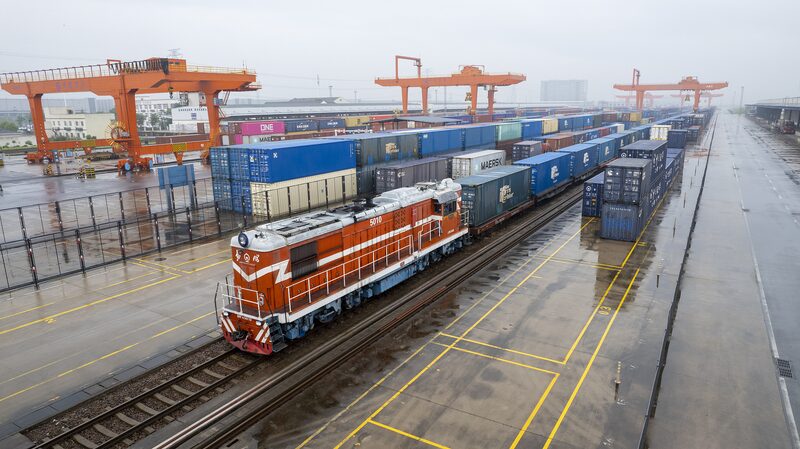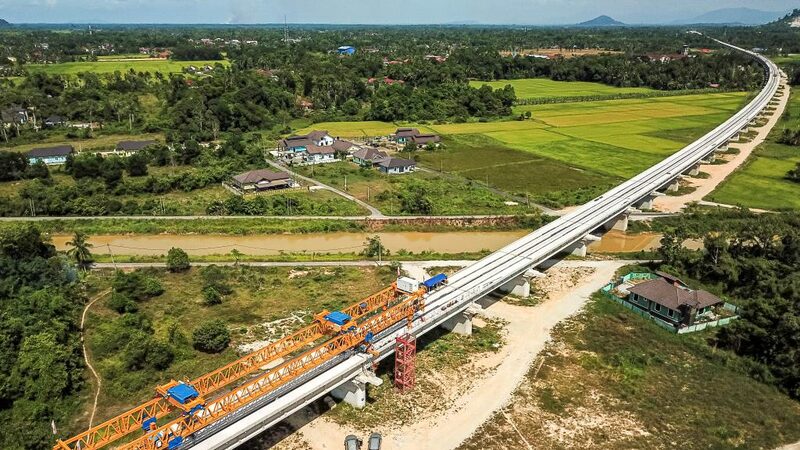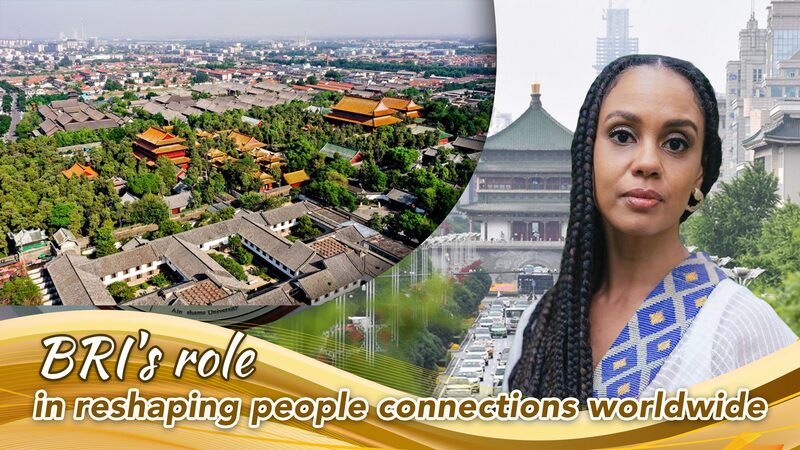As global economic uncertainties rise, the Belt and Road Initiative (BRI) has emerged as a cornerstone of international cooperation, driving connectivity and sustainable development across Asia and beyond. Launched by China in 2013, the initiative now spans over 150 countries and regions, offering a counterbalance to unilateralism while fostering inclusive growth.
Economic Momentum Through Shared Development
By 2024, trade between China and BRI partner countries reached 22.07 trillion yuan ($3 trillion), with non-financial direct investments hitting 239.93 billion yuan. These figures underscore the initiative’s role in optimizing resource allocation and enabling nations to leverage comparative advantages. “The BRI aligns with the fundamental laws of global economic activity,” notes Song Jin, a senior fellow at the Chinese Academy of Social Sciences. “It creates pathways for industrial upgrading and innovation-driven growth, particularly in developing economies.”
Countering Unilateralism With Multilateral Cooperation
Amid escalating geopolitical tensions, the BRI has become a stabilizing force. The World Trade Organization reports that import restrictions affecting $2.9 trillion in global trade highlight growing protectionism. In contrast, BRI projects prioritize infrastructure connectivity and institutional collaboration, offering developing nations fairer growth opportunities. Analysts argue this approach not only challenges zero-sum mentalities but also strengthens the framework for a balanced global economy.
Sustainable Growth in a Divided World
Beyond economic metrics, the BRI addresses systemic challenges like technological inequality and climate resilience. By integrating green energy projects and digital infrastructure, the initiative supports a transition toward low-carbon development. As global demand for cooperative solutions intensifies, the BRI’s emphasis on shared prosperity positions it as a vital mechanism for navigating 21st-century challenges.
Reference(s):
BRI: Driving connectivity, stability, and sustainable inclusive growth
cgtn.com



